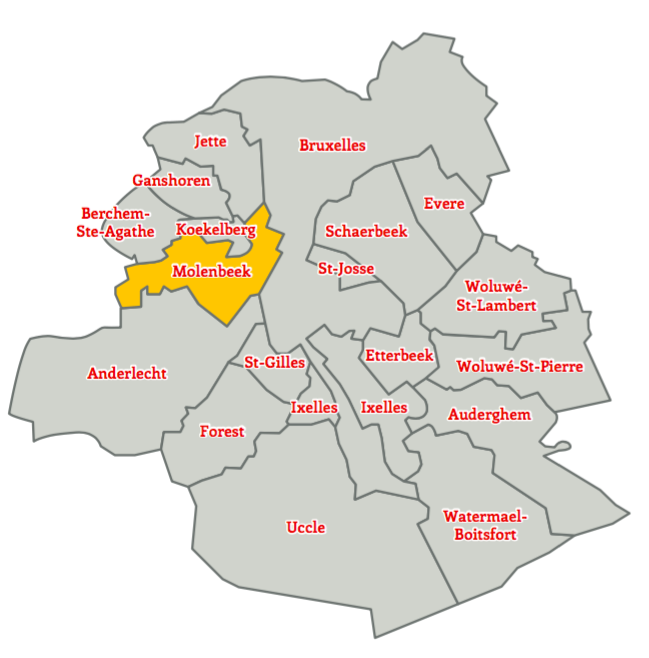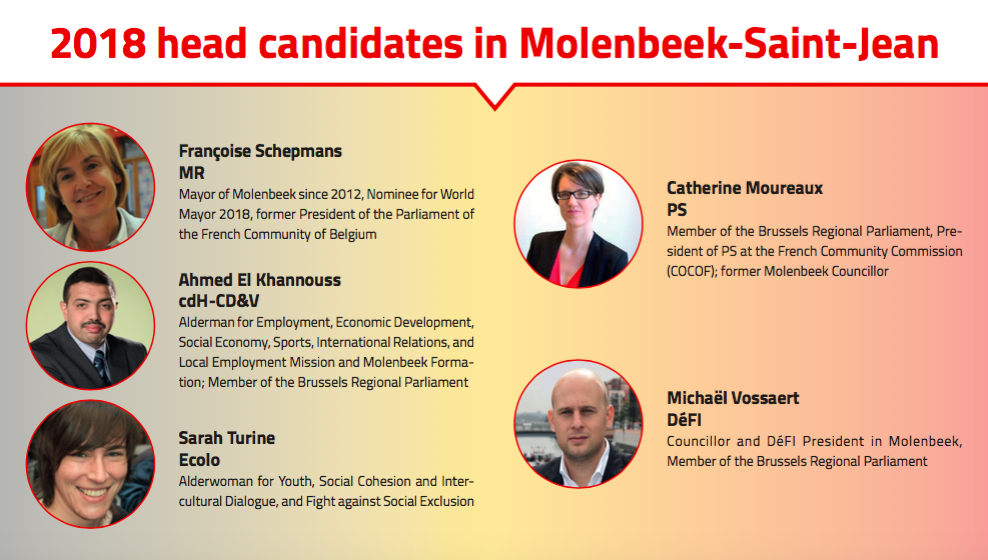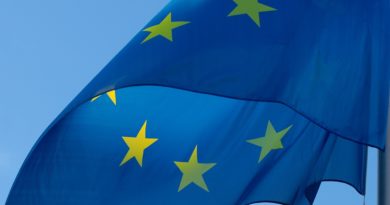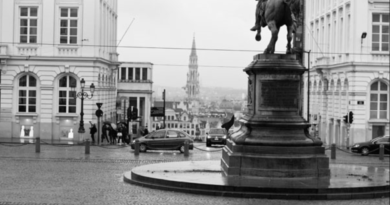2018 Communal Elections: Spotlight on Molenbeek
The indomitable survivor
Of the 19 Brussels communes, Molenbeek-Saint-Jean is among those that have shown an incredible capacity for perseverance and resilience. In 2015, the commune suffered international disgrace when it was traced as the home base of perpetrators of the Paris and Brussels attacks. Since then, Molenbeek has been striving to recover from the stigma left on it by the tragic events. Like the rest of Brussels, Molenbeek was both a victim and a survivor.
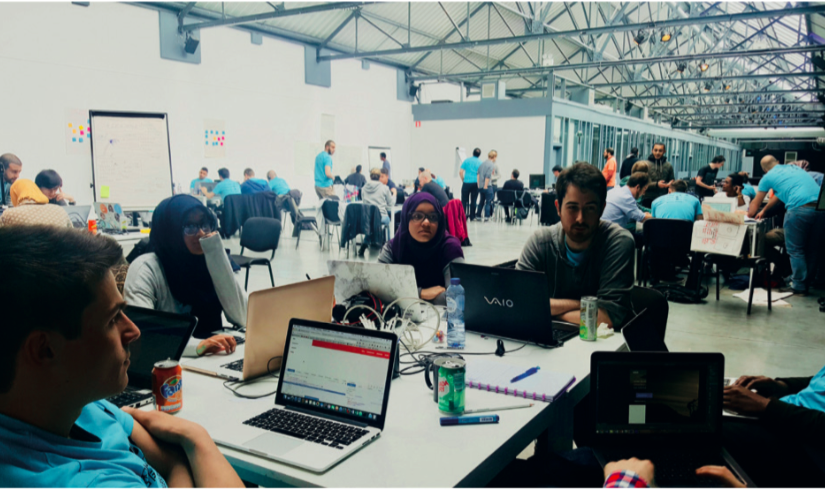
Located west of the Brussels-Capital Region, Molenbeek covers 5.9 square kilometers of land intersected by the Gare de l’Ouest or Brussels-West railway station. The upper half of the commune presents a modern residential landscape accompanied by a host of parks. Working class neighborhoods, migrant communities, and old industrial districts take up the lower half of the commune.
The population of Molenbeek comprises 96,629 inhabitants or eight percent of the Brussels regional population. With about 16,400 inhabitants per square kilometer, the commune is one of the most densely populated in the region. Its nearly 30 percent population of non-Belgians is composed mainly of Moroccans, followed by Romanians, Spaniards, and the French. More than a quarter of Molenbeek’s inhabitants are below 18 years of age, making it one of the communes with the youngest population.
Molenbeek is one of the poorest communes in the Brussels region. Poverty and poor education are more rampant in the commune’s lower section where the young population is concentrated. The precariousness of their situation often makes the youth more vulnerable to radicalization or the enticements of petty crime.
But in recent years, numerous public and private programs have been launched to stimulate job creation, creativity, and engagement in Molenbeek. Outstanding initiatives such as MolenGeek, Found in Molenbeek, and the Brass’Art Digitaal Café artistic laboratory continue to overhaul and redefine the social, economic, and cultural reality of the commune.
The local government of Molenbeek has been doing its part to develop and reinforce policies towards youth engagement. Additional schools, daycare centers, and social housing were also created in the last six years. More surveillance cameras were installed and more security agents were deployed to monitor petty crime, littering, and other forms of civil disturbance. Environmental policies have led to the installation of solar panels and the cultivation of a vegetable garden.
On the other hand, tax hikes and childcare costs are taking a toll on Molenbeek households. Critics also say the local government has been demonstrating a preference for policies that encourage more single-family houses to the detriment of inhabitants who can only afford to rent an apartment unit.
Since 2012, Molenbeek has been governed by liberals from the Reformist Movement (MR) in partnership with the Open Flemish Liberals and Democrats (Open Vld), the Humanist Democratic Center (cdH), the Christian Democratic and Flemish party (CD&V), and the Ecolo-Groen alliance. The Socialist Party (PS), which dominated Molenbeek politics for 20 years, became the opposition along with the Socialist Party Differently (sp.a), the Workers’ Party of Belgium (PTB), the Democratic Federalist and Independent party (DéFI), the New Flemish Alliance (N-VA), and the Islam party.

